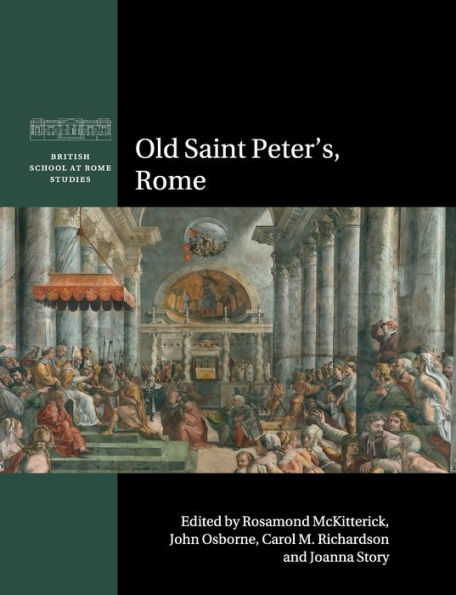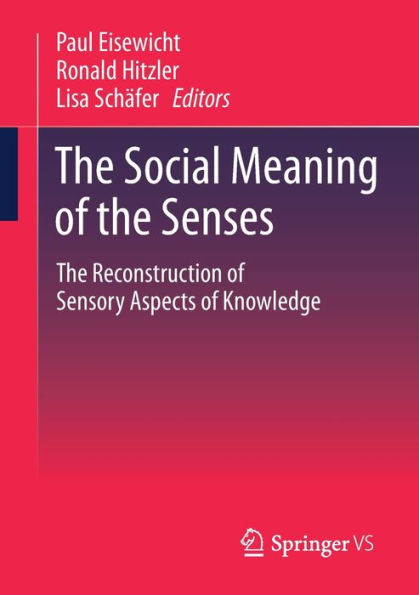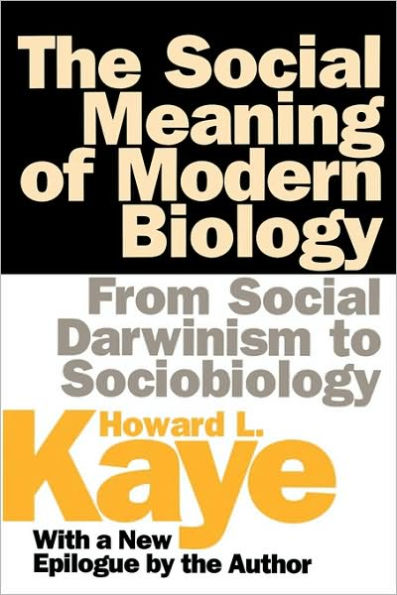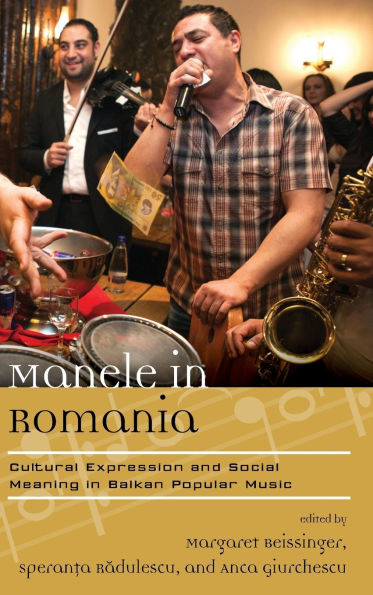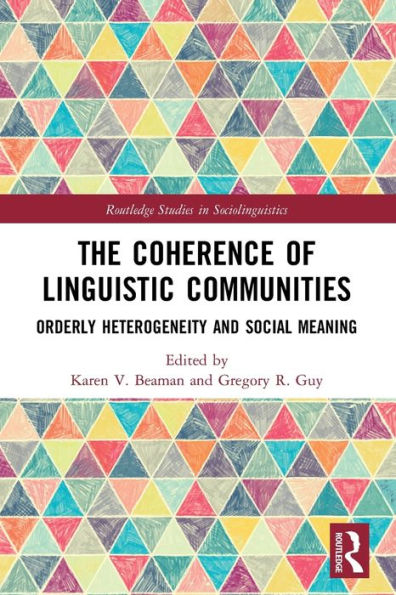Home
To Be the Neighbor of Saint Peter: The Social Meaning of Cluny's Property, 909-1049
Barnes and Noble
Loading Inventory...
To Be the Neighbor of Saint Peter: The Social Meaning of Cluny's Property, 909-1049 in Franklin, TN
Current price: $59.95
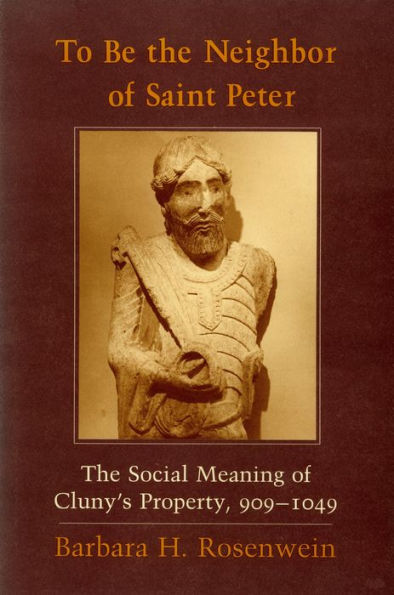
Barnes and Noble
To Be the Neighbor of Saint Peter: The Social Meaning of Cluny's Property, 909-1049 in Franklin, TN
Current price: $59.95
Loading Inventory...
Size: OS
Barbara H. Rosenwein here reassesses the significance of property in the tenth and eleventh centuries, a period of transition from the Carolingian empire to the regional monarchies of the High Middle Ages. In To Be the Neighbor of Saint Peter she explores in rich detail the question of monastic donations, illuminating the human motives, needs, and practices behind gifts of land and churches to the French monastery of Cluny during the 140 years that followed its founding. Donations, Rosenwein shows, were largely the work of neighbors, and they set up and affirmed relationships with Saint Peter, to whom Cluny was dedicated.Cluny was an eminent religious institution and served as a model for other monasteries. It attracted numerous donations and was party to many land transactions. Its charters and cartularies constitute perhaps the single richest collection of information on property for the period 909–1049. Analyzing the evidence found in these records, Rosenwein considers the precise nature of Cluny's ownership of land, the character of its claims to property, and its tutelage over the land of some of the monasteries in its ecclesia.
Barbara H. Rosenwein here reassesses the significance of property in the tenth and eleventh centuries, a period of transition from the Carolingian empire to the regional monarchies of the High Middle Ages. In To Be the Neighbor of Saint Peter she explores in rich detail the question of monastic donations, illuminating the human motives, needs, and practices behind gifts of land and churches to the French monastery of Cluny during the 140 years that followed its founding. Donations, Rosenwein shows, were largely the work of neighbors, and they set up and affirmed relationships with Saint Peter, to whom Cluny was dedicated.Cluny was an eminent religious institution and served as a model for other monasteries. It attracted numerous donations and was party to many land transactions. Its charters and cartularies constitute perhaps the single richest collection of information on property for the period 909–1049. Analyzing the evidence found in these records, Rosenwein considers the precise nature of Cluny's ownership of land, the character of its claims to property, and its tutelage over the land of some of the monasteries in its ecclesia.

